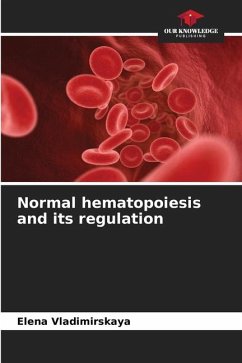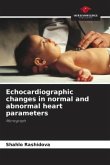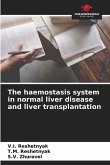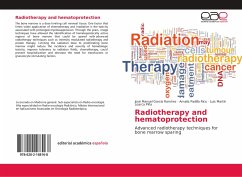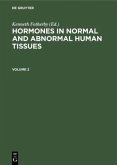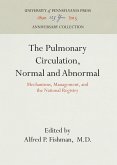Cellular equilibrium in the blood system is ensured by three levels of hematopoiesis system organization: stem cells, growth factors and stromal microenvironment. The hematopoietic stem cells have the ability to differentiate simultaneously into all types of blood cells and proliferate to maintain consistency in their quantitative composition, since there is no replenishment of this pool from the outside during the postnatal period. The hematopoietic bone marrow is located on the trabeculae of the cancellous bones, covered with stromal tissue consisting of stromal cells and the interstitial substance produced by them. The hematopoietic function of the stromal microenvironment is realized through specific adhesion of stem cells, production of growth factors and intercellular interaction molecules. An important method of diagnostic assessment of hematopoiesis is morphological examination of bone marrow puncture smears. For this purpose, the so-called bone marrow indices have been developed - the ratio of different types of hematopoietic cells. Assessment of these indices taking into account bone marrow cellularity, peripheral blood composition and clinical data is very important for expert evaluation of hematopoiesis.
Bitte wählen Sie Ihr Anliegen aus.
Rechnungen
Retourenschein anfordern
Bestellstatus
Storno

